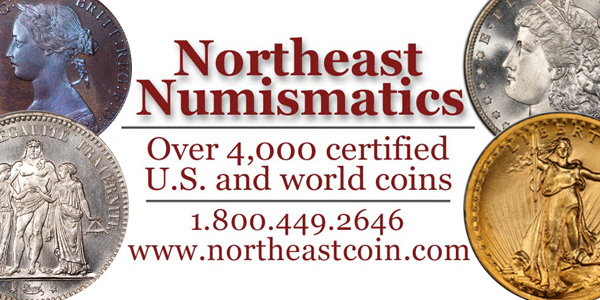
PREV ARTICLE
NEXT ARTICLE
FULL ISSUE
PREV FULL ISSUE
THE INVENTION OF MONEYArthue Shippee and Pablo Hoffman passed along this New Yorker article on the invention of money. Here's an excerpt - see the complete (excellent, but lengthy) article online. Thanks. -Editor
The quest for new forms of money hasn’t gone away. In June of this year, Facebook unveiled Libra, global currency that draws on the architecture of Bitcoin. The idea is that the value of the new money is derived not from the imprimatur of any state but from a combination of mathematics, global connectedness, and the trust that resides in the world’s biggest social network. That’s the plan, anyway. How safe is it? How do we know what libras or bitcoins are worth, or whether they’re worth anything? Satoshi Nakamoto’s acolytes would immediately turn those questions around and ask, How do you know what the cash in your pocket is worth? The present moment in financial invention therefore has some similarities with the period when money in the form we currently understand it—a paper currency backed by state guarantees—was first created. The hero of that origin story is the nation-state. In all good stories, the hero wants something but faces an obstacle. In the case of the nation-state, what it wants to do is wage war, and the obstacle it faces is how to pay for it. The modern system for dealing with this problem arose in England during the reign of King William, the Protestant Dutch royal who had been imported to the throne of England in 1689, to replace the unacceptably Catholic King James II. William was a competent ruler, but he had serious baggage—a long-running dispute with King Louis XIV of France. Before long, England and France were involved in a new phase of this dispute, which now seems part of a centuries-long conflict between the two countries, but at the time was variously called the Nine-Years’ War or King William’s War. This war presented the usual problem: how could the nations afford it? King William’s administration came up with a novel answer: borrow a huge sum of money, and use taxes to pay back the interest over time. In 1694, the English government borrowed 1.2 million pounds at a rate of eight per cent, paid for by taxes on ships’ cargoes, beer, and spirits. In return, the lenders were allowed to incorporate themselves as a new company, the Bank of England. The bank had the right to take in deposits of gold from the public and—a second big innovation—to print “Bank notes” as receipts for the deposits. These new deposits were then lent to the King. The banknotes, being guaranteed by the deposits, were as good as gold money, and rapidly became a generally accepted new currency. This system is still with us, and not just in England. The more general adoption of the scheme, however, was not a story of uninterrupted success. To read the complete article, see:

Wayne Homren, Editor The Numismatic Bibliomania Society is a non-profit organization promoting numismatic literature. See our web site at coinbooks.org. To submit items for publication in The E-Sylum, write to the Editor at this address: whomren@gmail.com To subscribe go to: https://my.binhost.com/lists/listinfo/esylum All Rights Reserved. NBS Home Page Contact the NBS webmaster 
|
